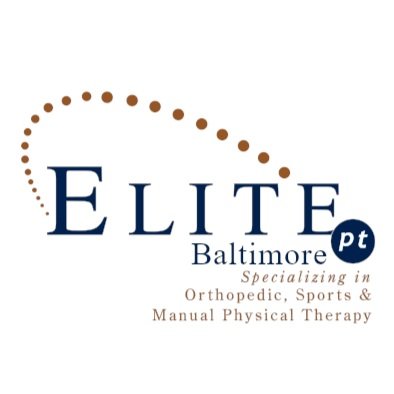Functional Dry Needling
What is Dry Needling?
All of our therapists are certified in Functional Dry Needling, a valuable, effective and efficient adjunct treatment to inactivate myofascial trigger points. It is an invasive procedure in which a thin solid filament sterile needle is used. Functional Dry Needling involves insertion and repetitive manipulation of the needle in the myofascial trigger point. The purpose of this technique is to inactivate the myofascial trigger points by producing a local twitch response. This local twitch response then releases the shortened bands of muscle fibers. The result is muscle relaxation and pain relief. Eliciting this local twitch response is key for successful deactivation of the trigger point. No medication of any kind is injected.
Dry Needling involves the insertion of a thin filament needle to stimulate the healing process of soft tissues (muscle "trigger points", fascia, tendons and ligaments, etc) resulting in pain relief and restoration of healthy physiology.
Research supports that dry needling improves pain control, reduces muscle tension, normalizes biochemical and electrical dysfunction of motor endplates, and facilitates an accelerated return to active rehabilitation.
What is a "trigger point"?
A myofascial "trigger point" is a hyperirritable point in skeletal muscle that is associated with a hypersensitive palpable nodule, or “knot”. This area becomes painful at the site and can also “radiate” in predictable patterns.
What is the difference between Dry Needling and Acupuncture?
The objectives and philosophy behind the use of dry needling by physical therapists is not based on ancient theories or tenets of traditional Chinese medicine. The performance of modern dry needling by physical therapists is based on western neuroanatomy and modern scientific study of the musculoskeletal and nervous systems.
Both Dry Needling and Acupuncture do, however, use the same tool; a solid monofilament needle.
Does it hurt?
Generally, the insertion of the needle is not felt. The local "twitch response" may provoke a brief pain sensation that has been described as a tingling, aching or cramping sensation.
Who can benefit from Dry Needling?
A variety of musculoskeletal problems including, but not limited to: Acute/Chronic injuries, Headaches, Neck/Back pain, Tendinitis, Muscle Spasms, "Sciatica", Hip/Knee pain, Muscle strains, Fibromyalgia, "Tennis/Golfer's Elbow", PFPS, Overuse injuries, etc.
Are there any side effects to Dry Needling?
Side effects may vary among individuals. Typically, only mild muscle soreness or skin bruising.
Is Dry Needling covered by my health insurance?
In most cases, it is a fee or cash based service provided only by a licensed Physical Therapist

